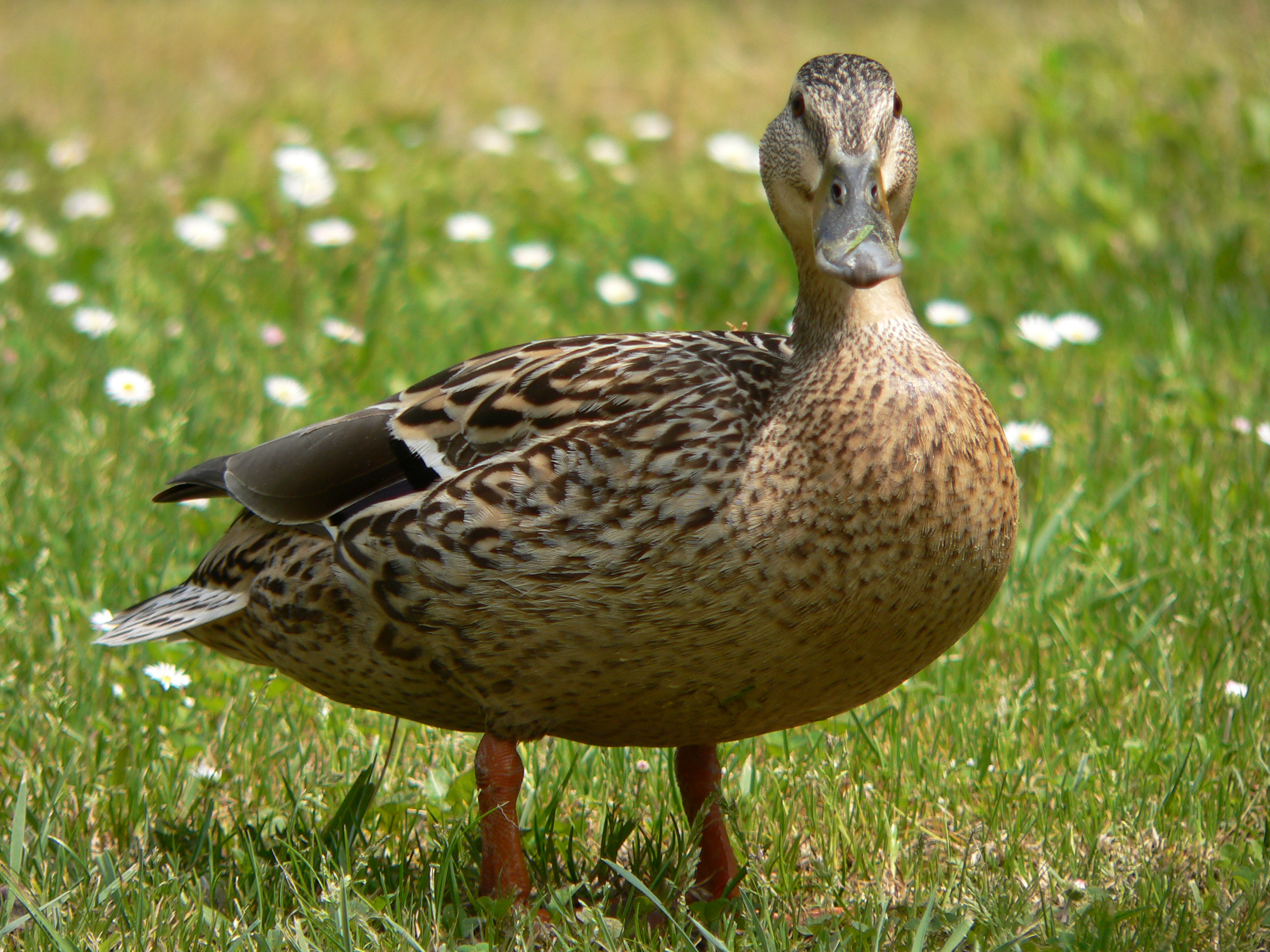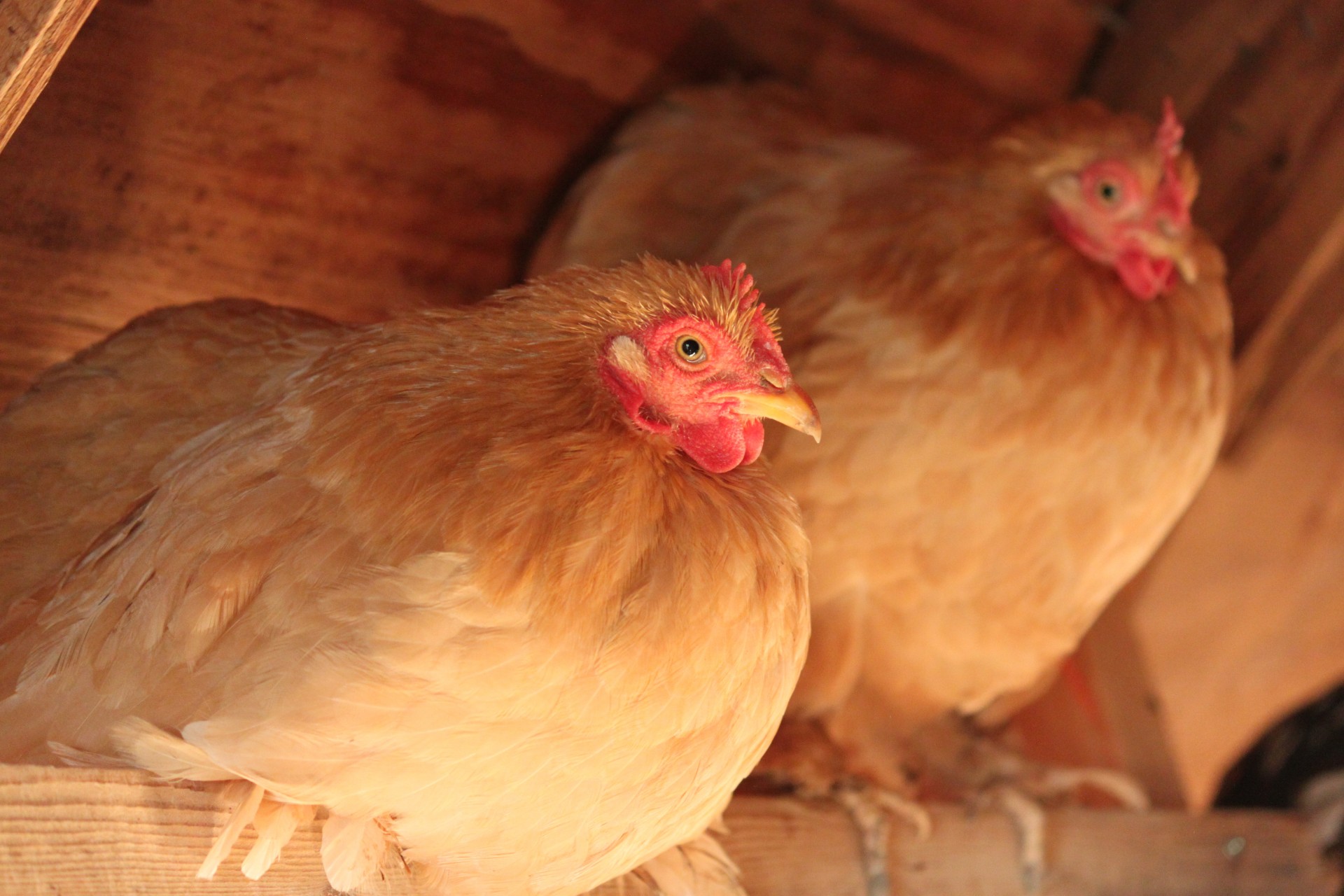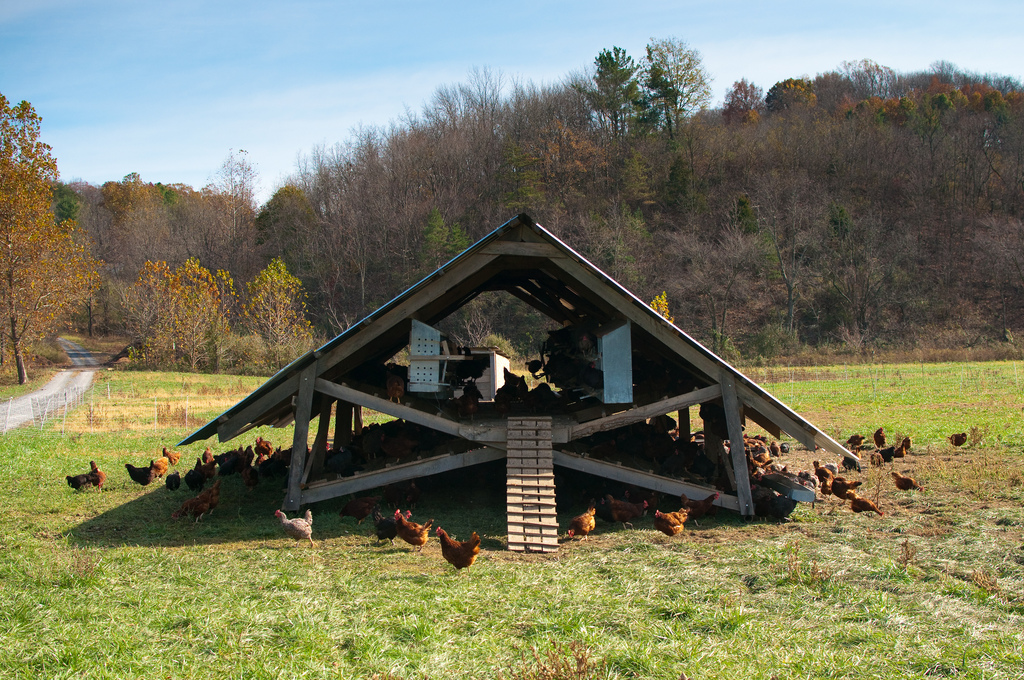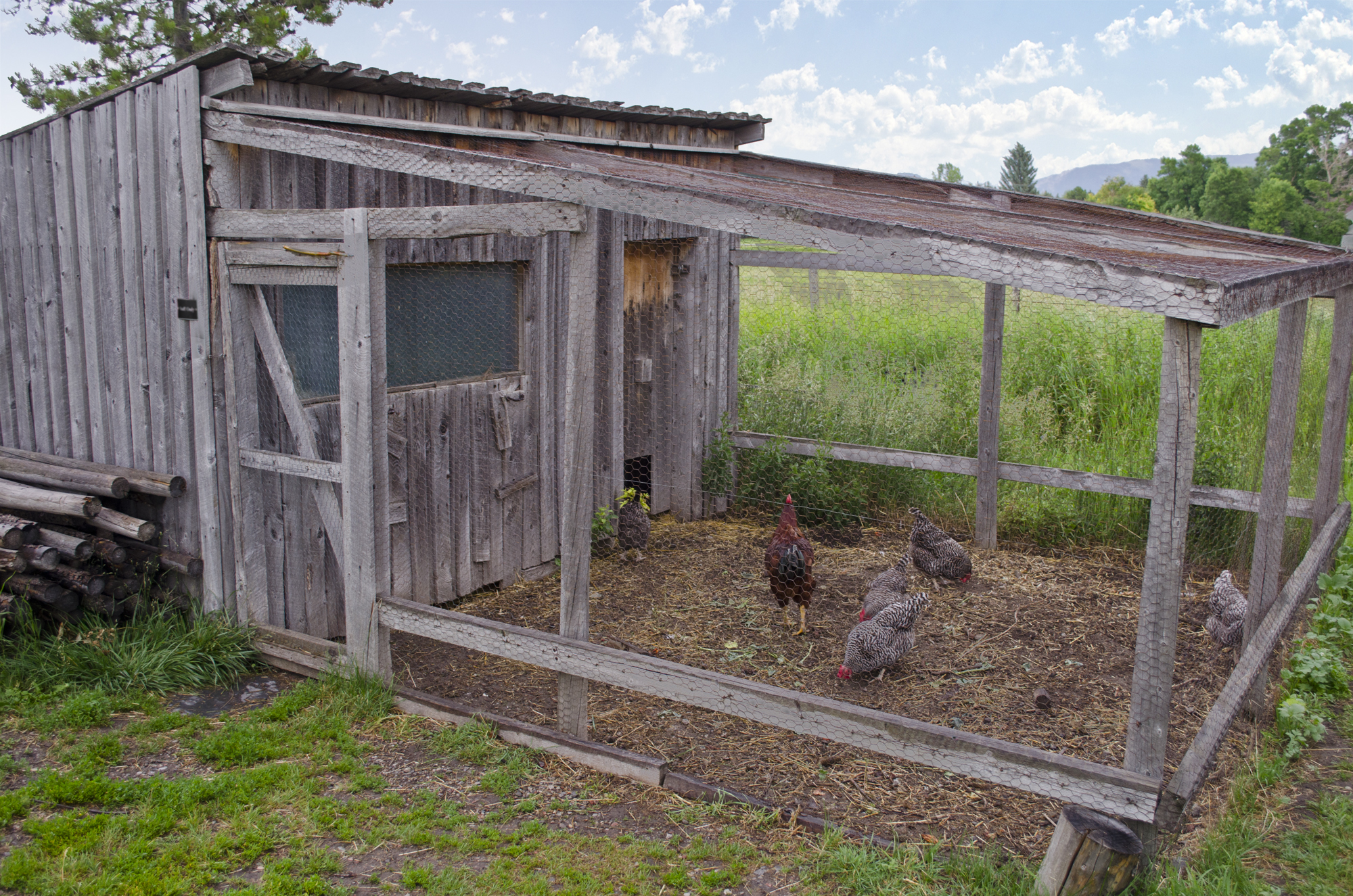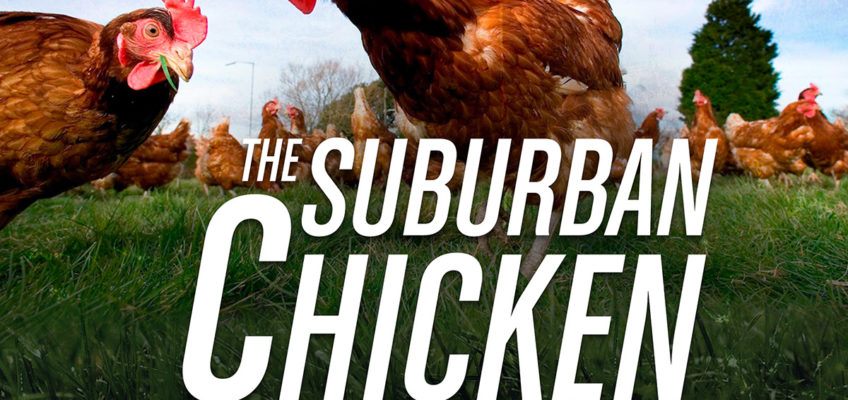3 Reasons Why Ducks Are Better Than Chickens
When most people think of animals for their back yard they quickly think of chickens. And while there is good reason so many people think to raise chickens, there are also reasons why ducks may be the preferable livestock for your backyard farm. Ducks don’t crow Not everyone starting their homestead has 15 acres in … Read more

